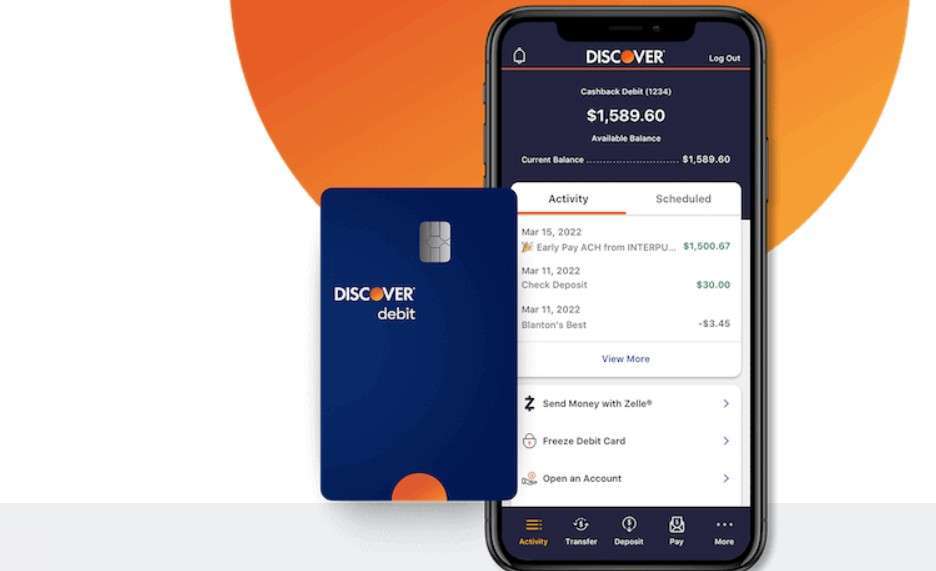When you apply for a home loan, an underwriter will review your file in order to make a lending decision.
They can approve your loan, deny your loan, or possibly suspend your loan pending additional information.
The two most common outcomes are approval and denial, but even an approved loan is typically “conditional.”
This means it’s actually a conditional approval that requires certain requirements to be met before you’re issued a final approval.
Only at that point can you sign loan documents and eventually fund your loan.
Not All Mortgage Approvals Are Created Equal
There are various levels of loan approval in the mortgage world.
If you’ve been considering a home purchase, you’ve likely come across the terms mortgage pre-qual or mortgage pre-approval.
As the names suggests, it’s a preliminary step in the home loan approval process, a sort of “seeing where you stand.”
A pre-qual is the less robust of the two and often just involves light calculations (sans any real paperwork) to determine your purchasing power.
Depending on the bank or lender in question, a pre-approval may involve a credit pull and the furnishing of certain documentation such as pay stubs, tax returns, and bank statements.
With this information in hand, a lender can give you a fairly good idea of how much house you can afford and whether you qualify for a home loan.
It’s still pretty preliminary though, which explains why it’s called a pre-approval. And it’s also not a formal loan application, nor is it reviewed by an actual underwriter.
Once you find a home and make an offer, you’d formally apply for a loan and if approved, it would be a conditional loan approval.
This approval is subject to meeting any outstanding conditions, as determined by the loan underwriter.
After those are met, you’ll be issued what’s called a “final approval” and will be able to sign loan documents and fund/record.
Prior-to-Doc Conditions
If and when you receive a conditional loan approval, you’ll also be given a list of conditions that must be met to get a final approval.
These are known as “prior-to-doc conditions,” or PTDs for short. Before you can receive loan documents to sign, these need to be signed off.
The loan underwriter (or loan processor) will provide this list of conditions when they review your loan file.
Typical PTD conditions include things like:
– rental and employment verification
– bank statements (showing proof of funds or deposits)
– tax returns or transcripts
– credit card statements
– CPA letter if self-employed
– mortgage statements (for other properties)
– copy of driver’s license for identification
– copy of check for down payment/earnest money
– home appraisal
– title search
– gift letters
– proof of homeowners insurance
– flood certification
– lock confirmation (if floating your rate)
– letters of explanation (LOEs)
As you can see, there can still be quite a bit of work once you’re conditionally approved for a mortgage.
This explains why it typically takes a month or longer to get a mortgage, even if you’re approved in a matter of days (or minutes).
However, many of these items are straightforward and can often be satisfied quite easily. Others simply take time, like the home appraisal and title search.
There are also times when the underwriter needs more information, so a letter of explanation (LOE) may be required to clear up any questions or confusion.
Tip: Work diligently with the loan officer or mortgage broker to submit a complete and clean loan file upfront to avoid extra paperwork requests later!
Final Approval and Clear to Close (CTC)
Once your list of PTDs are satisfied, you’ll receive what is known as a “clear-to-close” (CTC) notice and a final approval from the underwriter. This is great news and means you’re almost to the finish line!
A clear-to-close is the underwriter’s way of saying all conditions were met and the loan documents can finally be generated. At this time, you’ll also receive your Closing Disclosure (CD).
It lists all the details of your loan, including your interest rate, monthly payment, closing costs, and your right of rescission (if applicable).
This document must be sent to you for review at least three business days before loan signing.
At this time, you’ll also make an appointment to sign with a notary public (or to eSign if available in your state). And you’ll receive wire instructions from escrow.
But wait, there’s more!
Prior-to-Funding Conditions
Once you’ve signed your loan documents, there might be another set of conditions known as prior-to-funding conditions, or PTFs.
Typically, these involve some housekeeping by the lender and the title/escrow company and might just be a matter of confirming and sending a wire.
Common PTF conditions include things like:
– employment verification
– final credit check (to see if any new debt/inquiries)
– verification of funds to close
– any additional letters of explanation
– mortgage loan payoffs
– title/escrow tasks like sending a wire or requesting proof of funds
After the PTF conditions are cleared, your loan will be able to fund and record with the county clerk.
This can still take a day or two depending on timing, wires, etc. Yes, it’s time-consuming, but a mortgage is a big deal so be patient!
Can I Still Be Denied After Receiving a Conditional Approval?
The short answer is yes. The home loan process generally takes 30 to 45 days.
During that time, if anything material changes or is discovered by the underwriter, it’s possible that your conditional approval can turn into a loan denial.
For example, you might be denied if the underwriter finds out you quit or lost your job, or if you missed a different mortgage payment. Or if you applied for other loans or racked up new debt.
The same might be true if you’re unable to verify income, assets, etc., or if the home inspection reveals property issues that can’t be resolved.
Perhaps the appraised value came in low and you no longer qualify, or rates skyrocketed and you failed to lock your loan.
There are countless ways to jeopardize a mortgage. While some things might be out of your control, many are not.
This is why you’re typically told to do nothing and wait for the loan to fund before spending or making any big life changes.
Ultimately, lenders want to know that you’re able to pay back the loan, so anything that counters that belief can put your approval into question.
To make the process as painless as possible, do as you’re told and provide documents promptly when asked.
Mortgage Approval to Funding Steps
- Mortgage pre-qualification (optional)
- Mortgage pre-approval (optional)
- Formal loan application
- Conditional loan approval
- Satisfaction of PTD conditions
- Final loan approval (clear to close)
- Signing of loan documents
- Satisfaction of PTF conditions
- Funding of loan
- Recording of loan
Publisher: Source link











